By Josh Eliot
I remember my first Tom DeSimone movie: Reform School Girls. A large group of us were going on a Friday night and the film was a lot of fun, especially when Wendy O. Williams rode on top of a bus after barreling through the gates. In San Francisco, 1980s, when you had moments like that on film, the whole audience would scream and applaud in delight. My friends and I were constantly at the Castro or Market Street movie houses that would regularly show John Waters, Andy Warhol and other cult movies. When I saw actress Pat Ast was in Reform School Girls, I knew we were in for a good time. I remembered her from Andy Warhol’s movie Heat, shot mostly at the old Tropicana Motel in West Hollywood, where my friends and I stayed on previous visits to L.A. Tom made many popular mainstream movies including The Concrete Jungle, Hell Night, Prison Girls and the cult classic Chatterbox, to name a few.
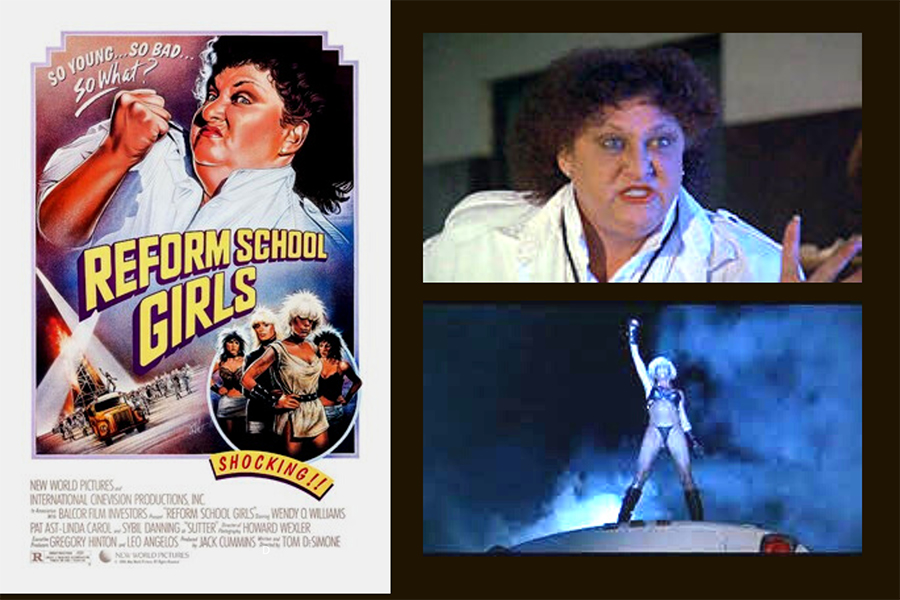
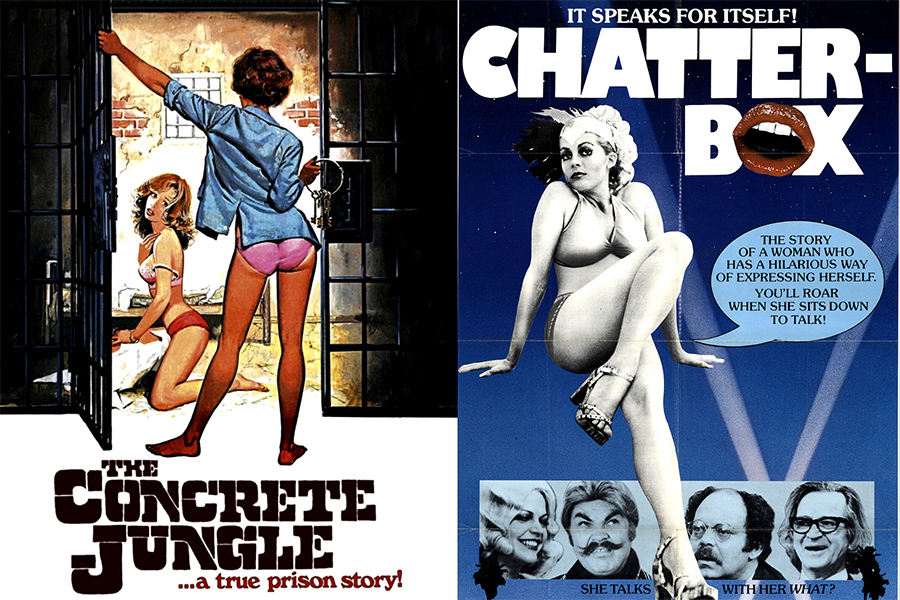
Posters for The Concrete Jungle and Chatterbox
Once I moved from San Francisco to West Hollywood and got settled into the Catalina offices, it was a fun surprise to find out that Catalina released and distributed gay adult movies made by Tom DeSimone, under the name Lancer Brooks. In my first blog: “Coming Out Of My Wet Shorts” I wrote about how much that movie poster influenced me. Wet Shorts, Flesh & Fantasy, The Dirty Picture Show, Skin Deep, NightCrawler and Bi Bi Love (with one of my favorite scenes ever in a bisexual movie, featuring Crystal Evans) were all sold by Catalina. I would say my VHS tapes of Tom’s movies were like a “video tutorial” on how to make a great adult movie. His movies had just the right combination of comedy, drama, and titillation, seamlessly edited to create these gems. In Wet Shorts it was the traveling salesman scene, Flesh & Fantasy the jacuzzi scene and Skin Deep’s minimalist yet multilayered story of a writer who befriends a sex worker spoke volumes about his internal thought process. It goes without saying that I was truly inspired. Where John Travis taught me the value of lighting and cinematography, Tom DeSimone’s movies inspired me to write and direct stories with a quirky flair to them. I know the adult movies of today don’t really embrace the “storyline” concept, but we did back then and I always tried to make the most of it.
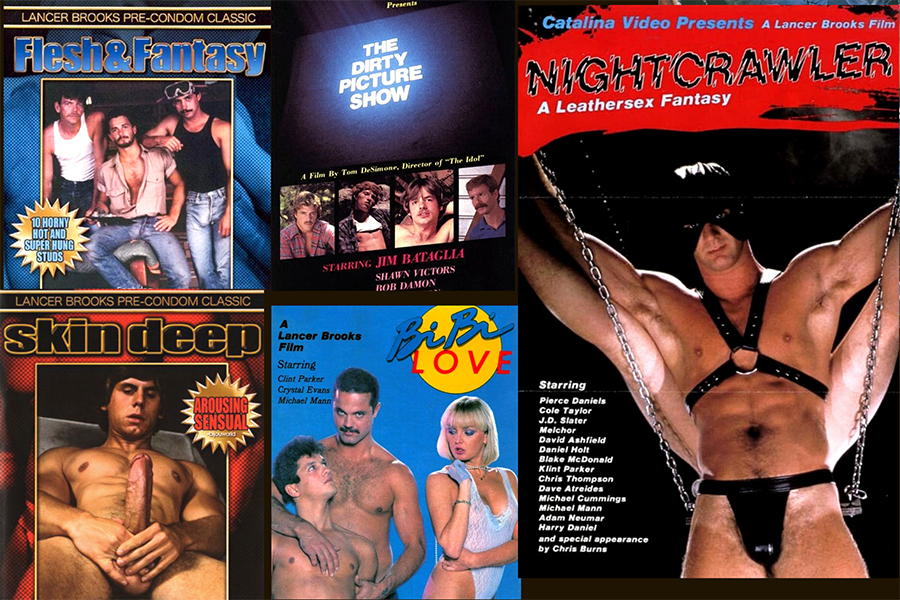
Tom DeSimone DVDs from Catalina
After completing my final movie for Catalina Video called Hot Buttered Cop Porn in 2006, my partner Tony and I moved to Palm Desert and continued editing and remastering Catalina movies for release on DVD, until the company was sold to Channel 1. One random afternoon, I spoke to my friend Kurt about how I was remastering Skin Deep for DVD release and out of the blue he told me that he knew Tom DeSimone from The Desert Film Society, as Tom was a founding member and served on the board. I was shocked and elated when Kurt followed up to tell me that Tom said I could contact him. The order of things is a little fuzzy but meeting Tom was so exciting for me, and Chi Chi LaRue (who of course I told immediately when this all came about). I was working for Channel 1 Releasing at this point and Chi Chi was part owner. In addition to being a warm and wonderful guy, Tom was very generous in sharing his experiences within the adult and mainstream industry. Channel 1 gave me the go ahead to set up video interviews with Tom discussing the behind the scenes working of his movies released by Catalina. We shot four interviews, one for each movie - Wet Shorts, Flesh & Fantasy, The Dirty Picture Show and Skin Deep - which were added to the DVD releases of each movie as “Bonus Extras.” Chi Chi and Tom sat on my couch and we recorded them conversing with each other while watching NightCrawler, which then became a “Bonus Director’s Commentary” on that DVD. It was all very exciting to have our Idol (excuse the pun) spending time with us. Tom even invited us to a party at his house where he projected a classic old movie on the big screen in his backyard to a large group of partygoers. I have both the Skin Deep interview and full interview on my YouTube channel if you would like to view them.
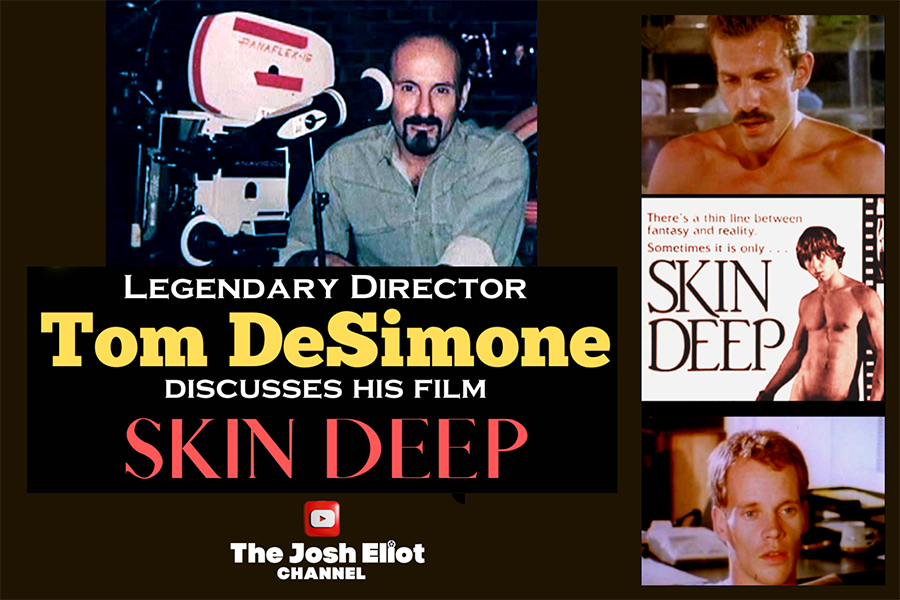
Tom DeSimone's Skin Deep interview
Having access to Bijou Video's amazing streaming service, I recently watched the restored and remastered version of The Idol, and now I know what all the hype is about. This is one great, timeless classic which felt very much like a mainstream movie. Bijou’s streaming catalog also includes many other Tom DeSimone movies like: Dust unto Dust, Confessions of a Male Groupie, The Frenchman & The Lovers (formally titled: The Harder They Fall), Station to Station, and of course my personal favorite Hot Truckin', with Gordon Grant! The Bijou catalog’s vast number of movies never ceases to amaze me! So much content! I’ve heard through the grape-vine that Tom DeSimone’s Catching Up is a real crowd pleaser as well. That is the next one on my list to stream this weekend. Look at this, here I am retired from adult video making and yet I am still obsessed with watching more Tom DeSimone movies to see if I can still learn more from one of the best!
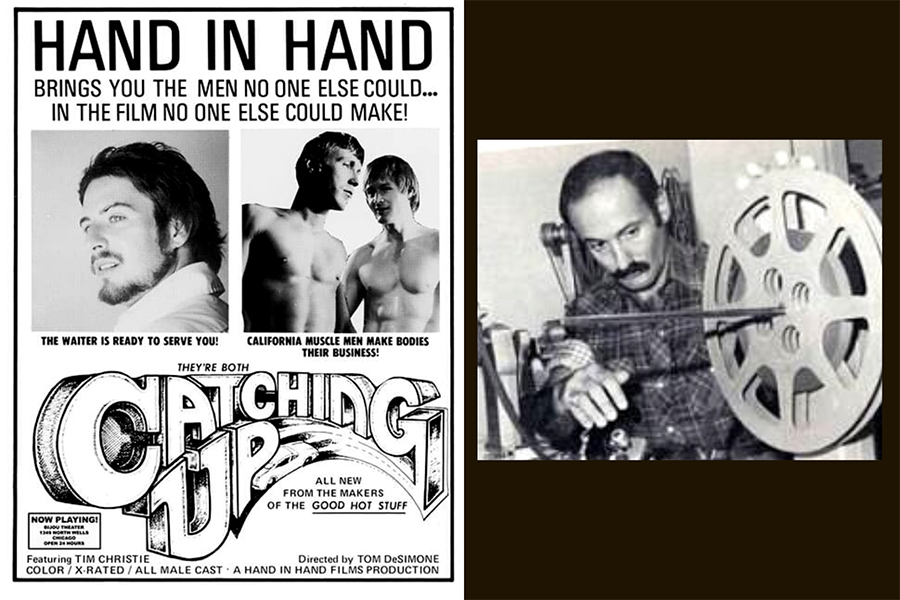
Catching Up poster and Tom DeSimone editing
For more on Tom DeSimone's career, see also Bijou's 2019 interview with him: Part 1 and Part 2
Bio of Josh Eliot:
At the age of 25 in 1987, Josh Eliot was hired by Catalina Video by John Travis (Brentwood Video) and Scott Masters (Nova Video). Travis trained Eliot on his style of videography and mentored him on the art of directing. Josh directed his first movie, Runaways, in 1987. By 2009 when Josh parted ways with Catalina Video, he'd produced and directed hundreds of features and won numerous awards for Best Screenplay, Videography, Editing, and Directing. He was entered into the GayVN Hall of fame in 2002.
You can read Josh Eliot's previous blogs for Bijou here:
Coming out of my WET SHORTS
FRANK ROSS, The Boss
Our CALIGULA Moment
That BUTTHOLE Just Winked at Me!
DREAMLAND: The Other Place
A Salty Fuck in Saugatuck
Somebody, Call a FLUFFER!
The Late Great JOHN TRAVIS, My POWERTOOL Mentor
(Un)Easy Riders
7 Years with Colt Model MARK RUTTER
Super NOVA
Whatever Happened to NEELY O’HARA?
Is That AL PARKER In Your Photo?
DOWN BY LAW: My $1,000,000 Mistake
We Waited 8hrs for a Cum Shot... Is That a World Record?
Don't Wear "Short Shorts" on the #38 Geary to LANDS END
How Straight Are You Really?
BEHIND THE (not so) GREEN DOOR
The BOOM BOOM Room



.jpg)
.jpg)
.jpg)
.png)
.jpg)

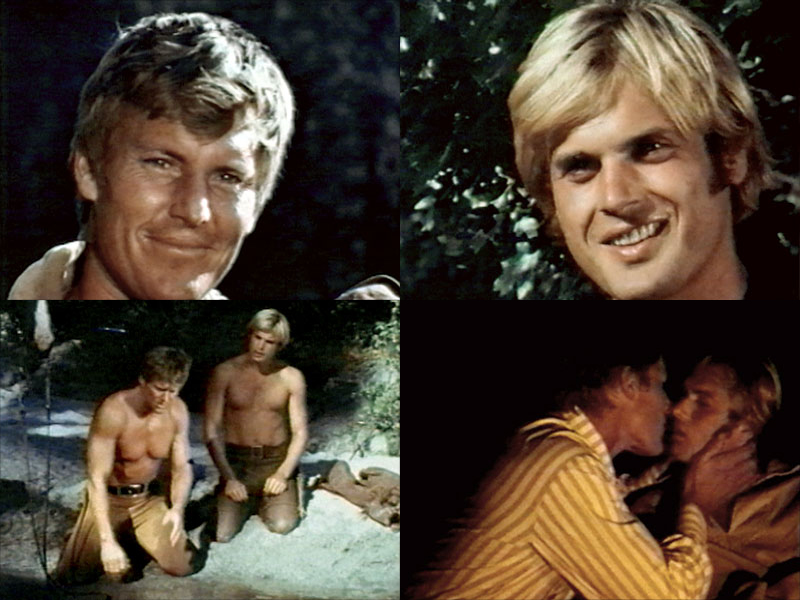

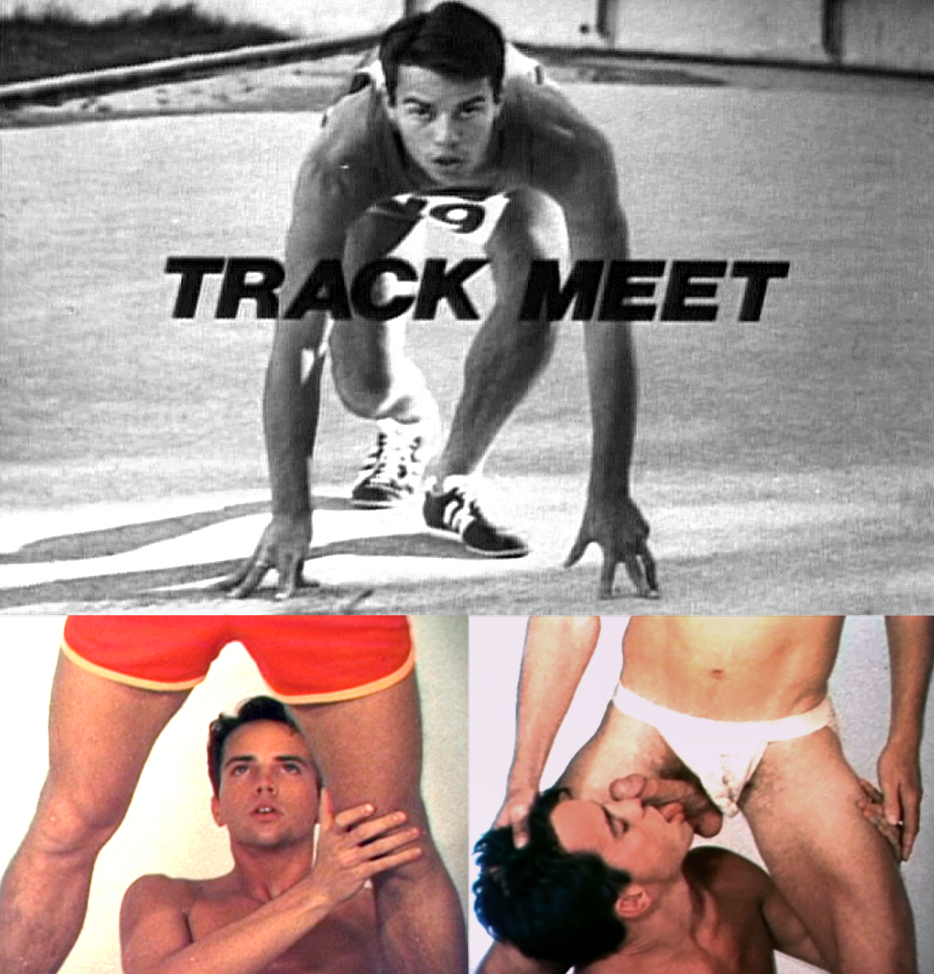
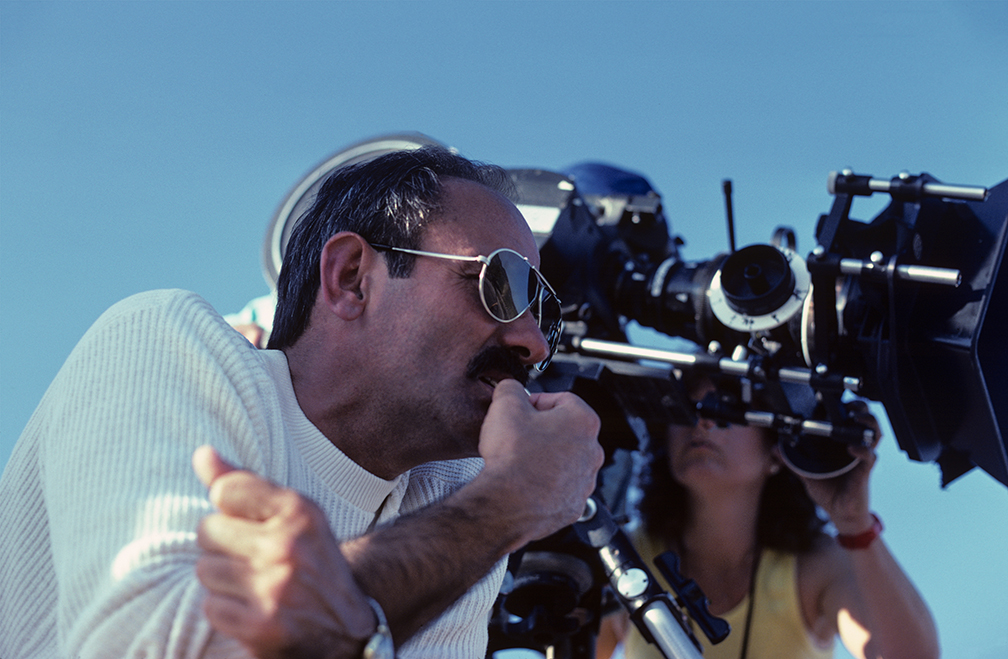
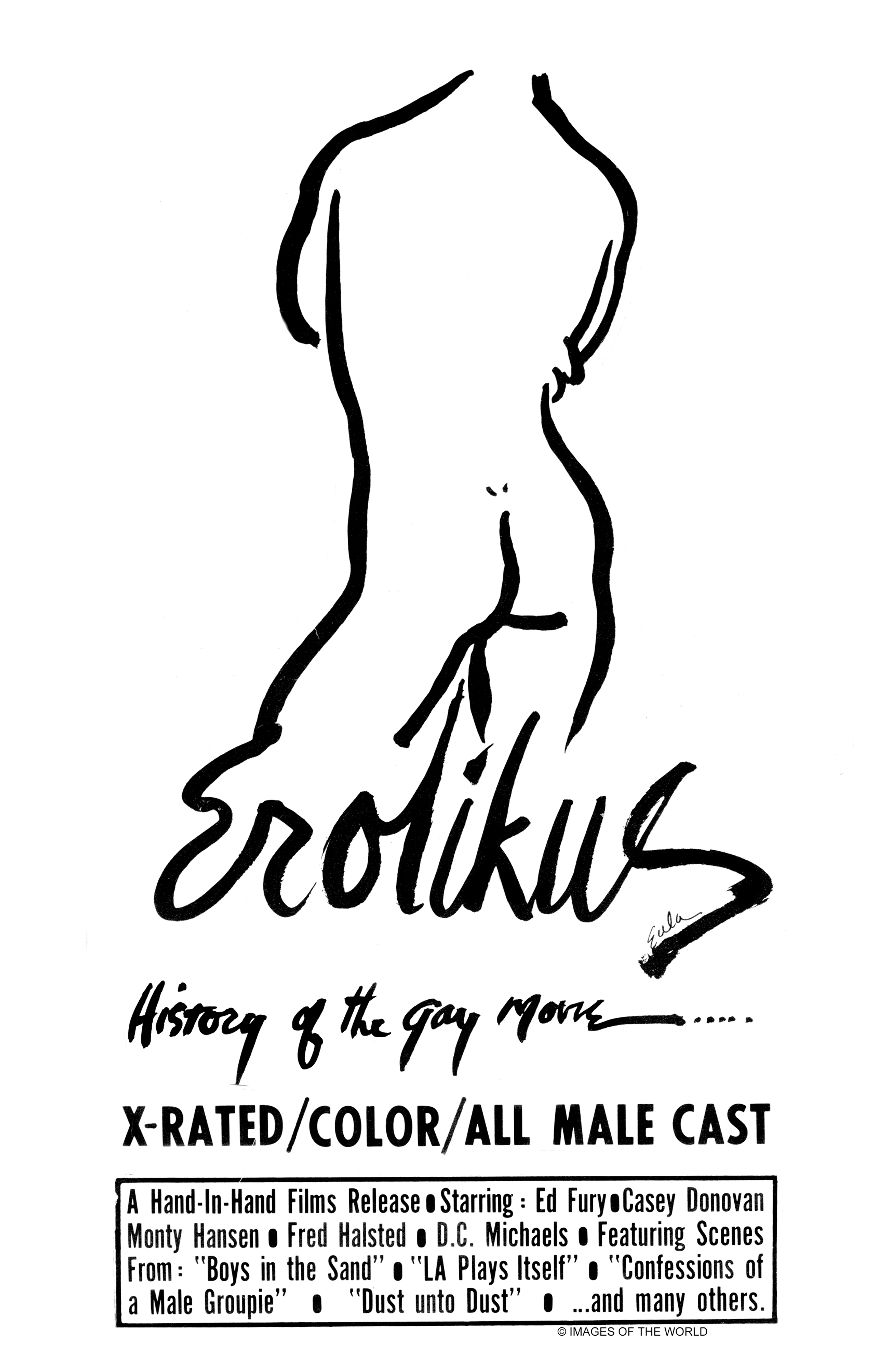
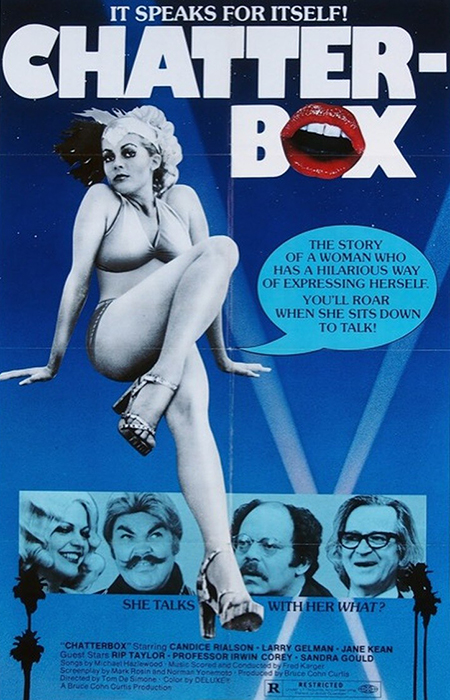
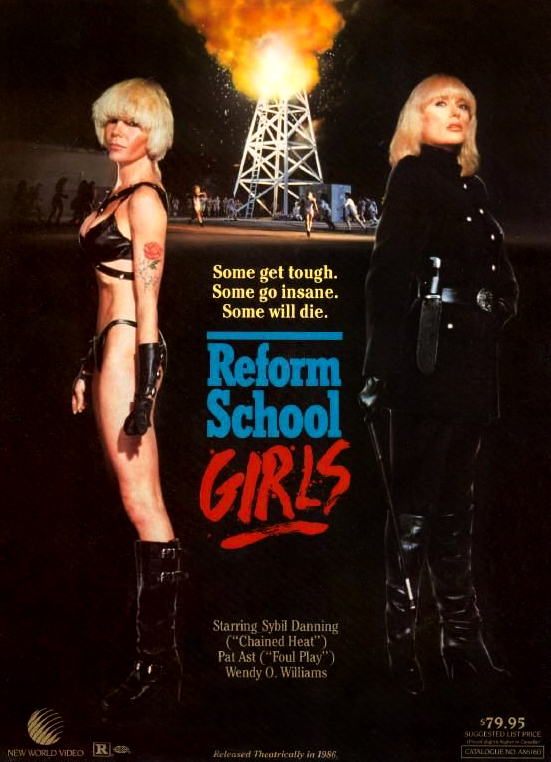
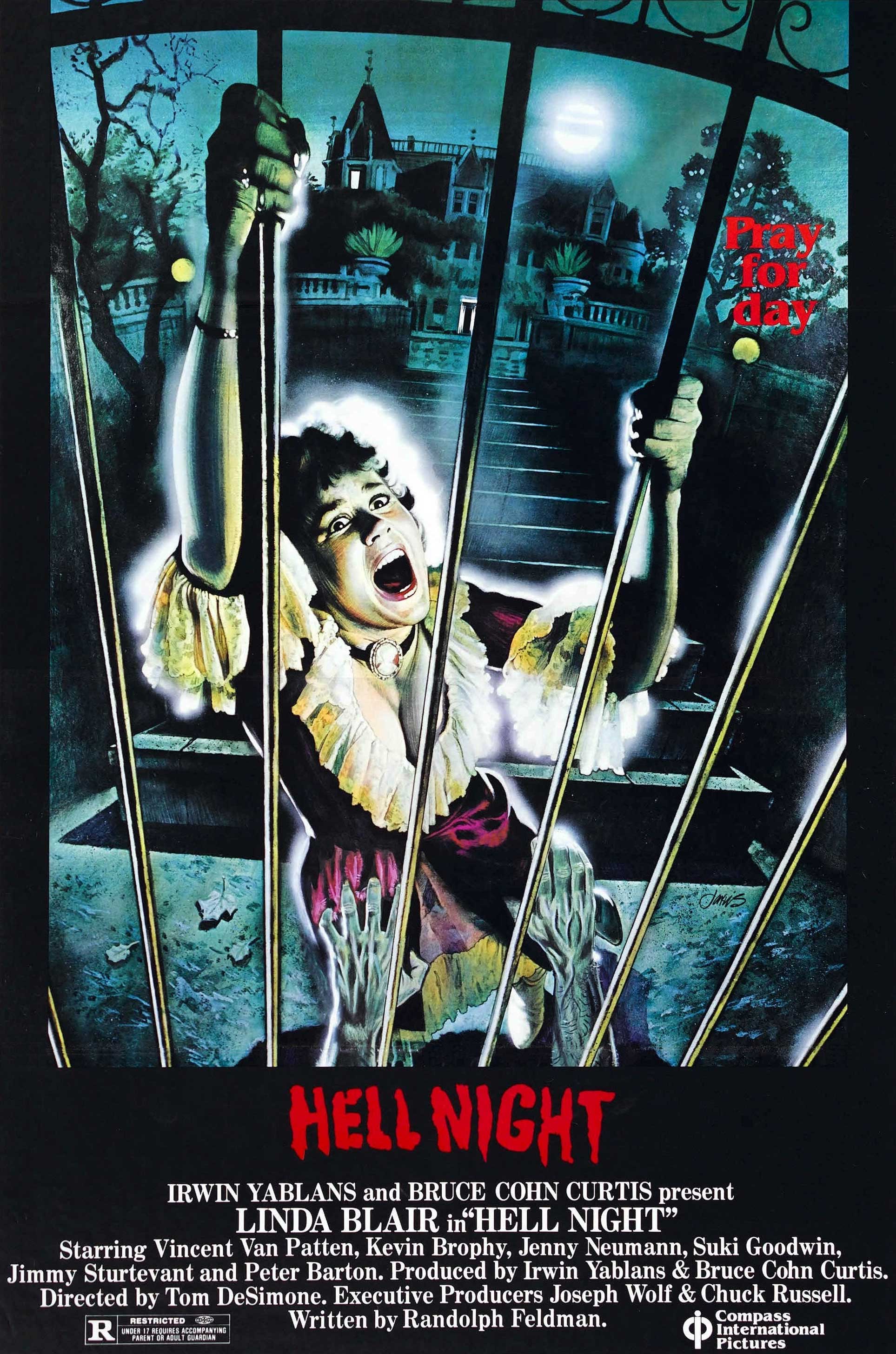
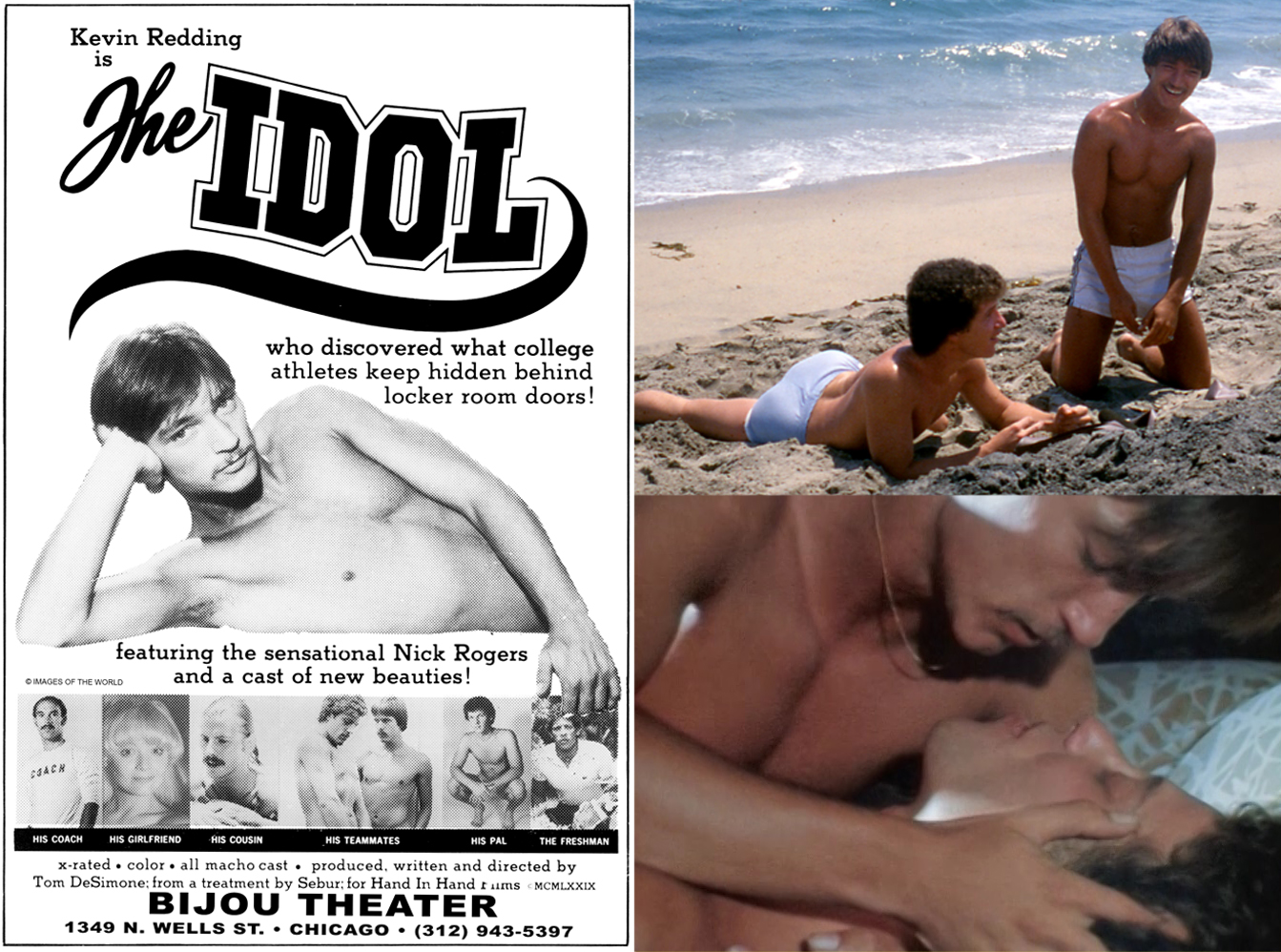
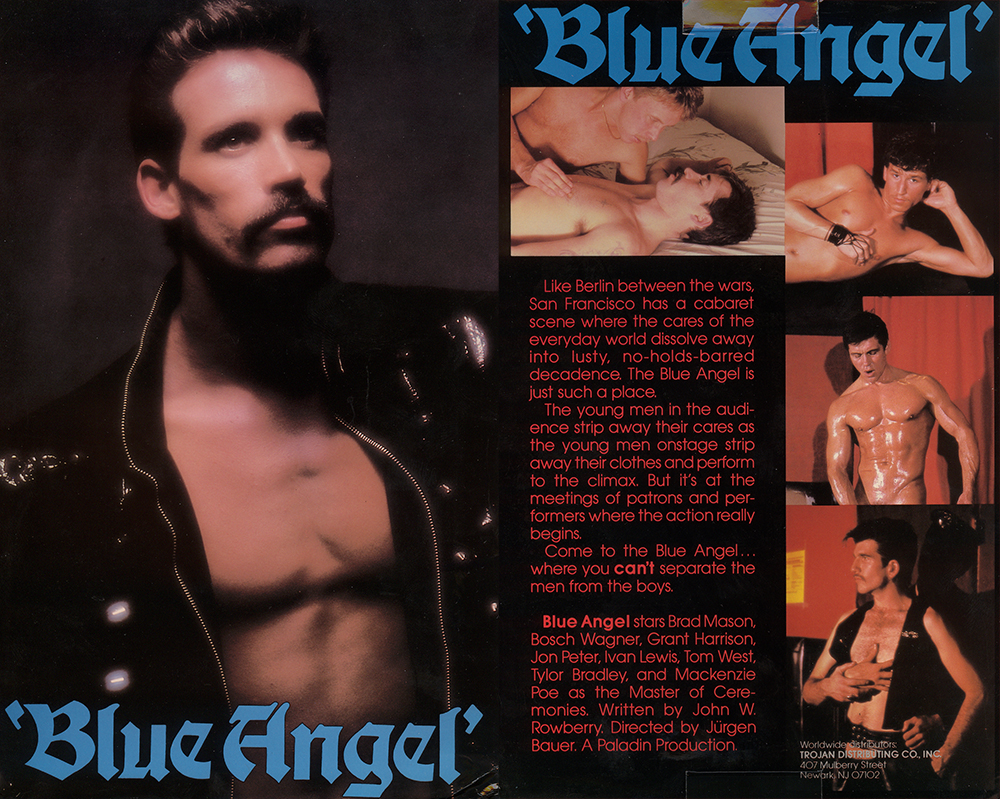
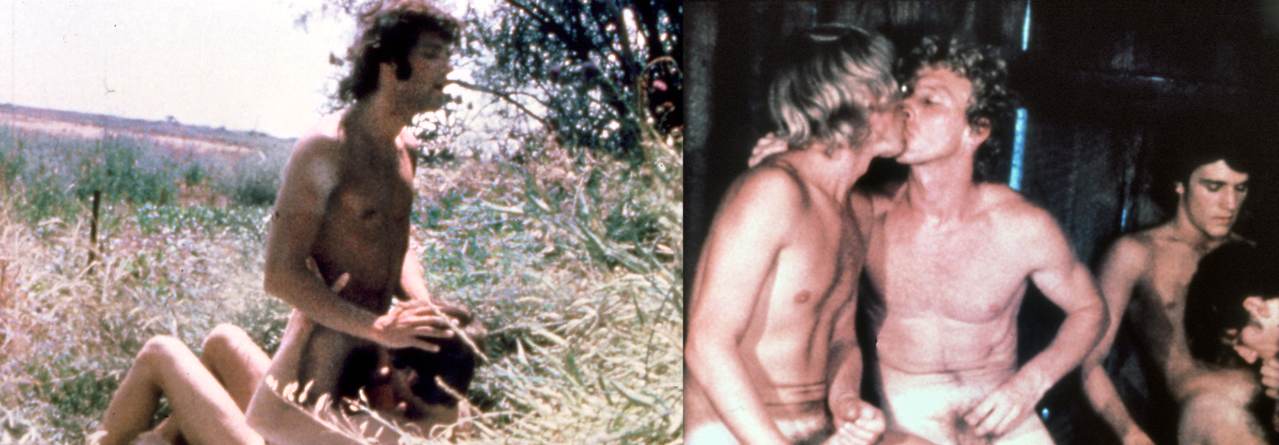
 Join our Email List
Join our Email List Like Us on Facebook
Like Us on Facebook Instagram
Instagram Youtube
Youtube Follow Us on Twitter
Follow Us on Twitter Follow us on Pinterest
Follow us on Pinterest